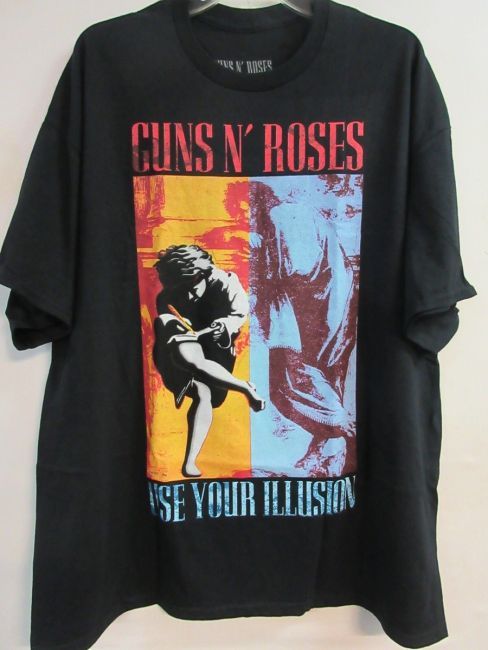Future Apple displays could appear blurred — or blank — to anyone but the user
Bright screens with high resolution and a wide field of view just make it easier for others to see what you’re working on — but Apple is working on new screen technology for iPhone and Macs to make that a lot harder.
Every Apple announcement about a monitor, such as the Studio Display, and every rumor about any new display, always concentrate on the image quality. Sometimes there are other issues such as there being a webcam built in to the Studio Display, but otherwise it’s the size, it’s the resolution, and somewhere in there will be the words “retina display.”
In every way except possibly price, Apple displays continue to get better, and remarkably so. What no Apple display does so far is make sure that only the user can properly see this glorious image quality.
Right now, existing Apple displays — whether LCD or OLED — have very close to a 170-degree field of view. There have to be government and security offices where that has to be stopped somehow, and it would always be good to know that your privacy was being protected.
Apple has been researching ways to keep these great screens, but keep them private. A pair of recently-granted patents reveal the company’s different approaches to the problem.
One, simply called, “Privacy films for curved displays,” proposes putting a covering layer on the screen.
It’s like a polarizing film in that it means light can only come out in one direction. So while the user is sitting at the right spot in front of the screen, they see the full retina-quality and full brightness of the display.
But anyone trying to look from even slight to their left or right, will either see nothing at all, not more likely a blurry image. This won’t stop anyone standing right behind the user and peeking over their head, and that might actually be a serious issue if someone’s seat across the office is positioned just so.
There will always be a privacy issue that cannot be controlled by hardware and must be watched out for by the user. But it turns out that Apple does have another idea, albeit one that is seemingly only for regular flat monitors instead of curved ones.
Privacy built in to the display
The idea is in the second newly-granted patent, “Displays with adjustable angles of view,” which takes a more subtle approach than slapping a film layer over the screen.
Instead, Apple proposes altering the very viewing angle of the display, presumably at will. The idea is that displays could have what’s described as an “electrically controllable filter,” which would let the user control just how polarized or not the screen is.
In this proposal, the privacy implementation is actually integrated into the display itself, in the form of a series of substrate layers.
As suggested in the patent, a display using such technology could also have an extra layer of liquid crystal in between these polarizing layers. That liquid crystal element could feature a color filter, letting images with certain colors be limited to just the display user.
That hiding of only certain colors seems less practical than hiding a whole screen. But back in the days of paper documents, there were privacy-conscious organizations who would print on specific color pages for classified reports.
An iPad or Mac screen could seem blank unless viewed by the right, authorized, device
It’s interesting that Apple is continuing to look at ways of changing how screens display information, because recently it’s been looking at replacing screens instead. Or rather, to have it so that a screen appears, say, completely blank unless you are the owner and you are wearing Apple Vision Pro.














